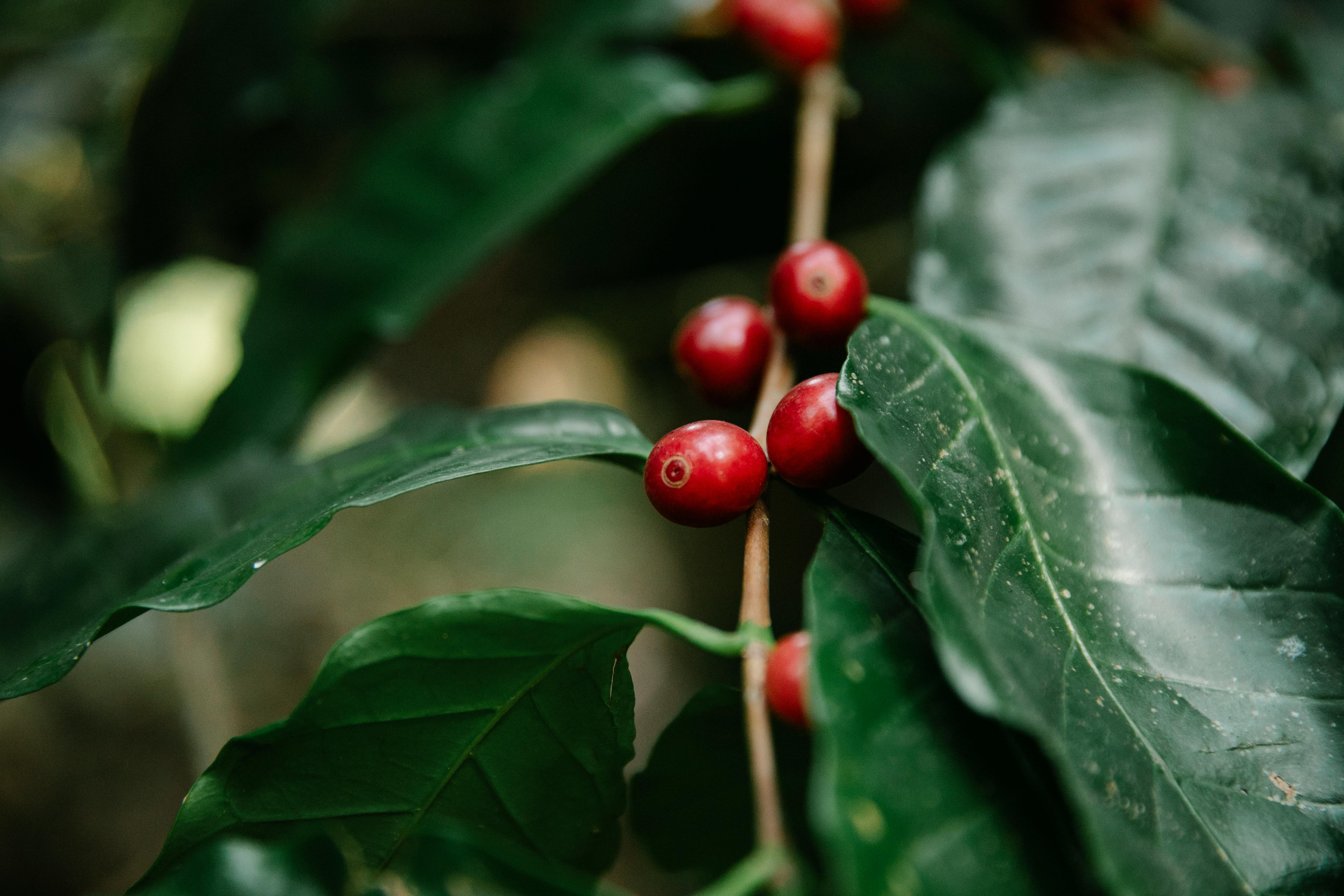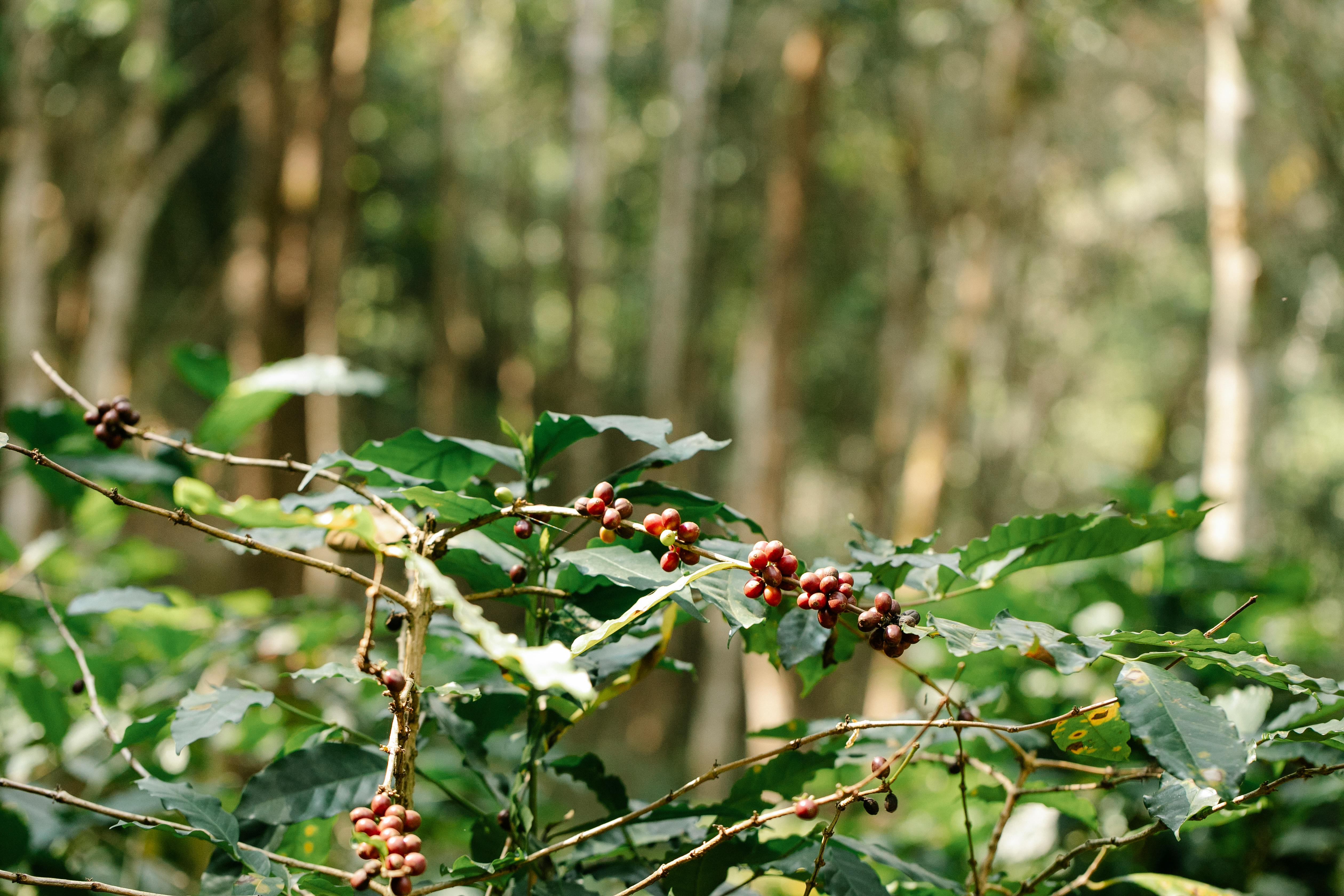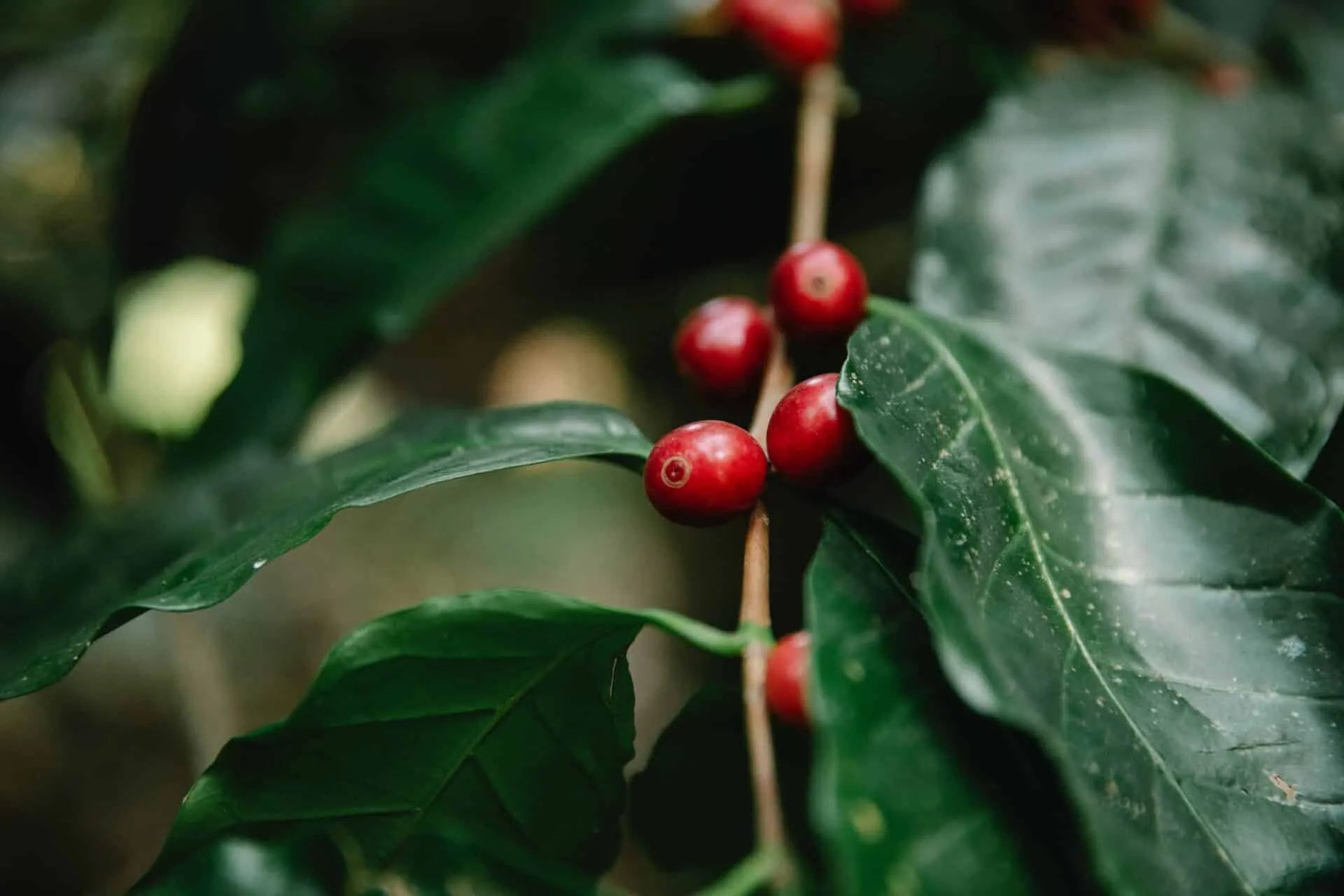Cherry trees are popular for their beautiful spring blossoms and sweet summer fruits. But do cherry trees produce fruit every year? The answer is yes, and no. Depending on the type of cherry tree, some may produce a large crop of cherries every year, while others may not produce any fruit at all. This article will discuss the different types of cherry trees, and their fruit production habits.A cherry tree produces a type of small, fleshy fruit known as cherries.
How Long Does it Take for a Cherry Tree to Bear Fruit?
Cherry trees can take up to four years to produce fruit. This time frame depends on the variety of cherry tree, as some may take longer than others. In addition, environmental factors such as climate, soil type, and amount of sunlight can also affect the amount of time it takes for a tree to bear fruit.
When planting a cherry tree, it is important to select a variety that is well-suited to your local climate and soil type. This will ensure that the tree has the best chance of producing fruit in a timely manner. It is also important to provide adequate sunlight and water for the tree during its early years of growth.
Once planted, a young cherry tree should start fruiting within three to four years. The exact time frame can vary depending on the variety and environmental factors listed above. During this period, it is important to inspect the tree regularly for signs of disease or pest infestation which can delay or prevent fruiting altogether.
With proper care and attention, most cherry trees should begin bearing fruit within four years after planting. The resulting fruit will be sweet and juicy with an excellent flavor that will make any dish special!
Cherry Trees Need Adequate Sunlight
For cherry trees to produce fruit, they need ample sunlight. Cherry trees should receive direct sunlight for at least 6 to 8 hours daily. If the cherry tree is planted in a location with partial shade, the amount of fruit produced may be significantly reduced. Additionally, if the cherry tree is planted in a location that receives too much sun, it may cause leaf scorch and other damage to the tree.
Adequate Watering
In order for a cherry tree to produce fruit, it needs to be adequately watered. Cherry trees should be watered on a regular basis throughout the growing season. If the cherry tree is not provided with enough water, it will not produce as much fruit as it could if it was given adequate amounts of water throughout the growing season. It is important to make sure that the soil around the base of the tree stays moist but not soggy.
Fertilizer
Cherry trees also need fertilizer in order to produce fruit. Fertilizing your cherry tree can help it reach its full potential by providing essential nutrients such as nitrogen and phosphorus that are necessary for healthy growth and fruiting. It is best to apply fertilizer in early spring before new growth begins and then again during mid-summer when fruits are beginning to form. A slow-release fertilizer is ideal for use on cherry trees as it will provide nutrients over an extended period of time without having to be reapplied often.
Proper Pruning
Pruning can also help encourage a cherry tree’s ability to produce fruit. Pruning helps shape and control the size and shape of the tree while also allowing more sunlight into areas of dense foliage where flowers and fruits develop. Prune your cherry tree in late winter or early spring when there is no new growth present yet so that you do not inadvertently remove flowers or fruits from your tree before they have had a chance to develop properly.
Is it Possible to Grow a Cherry Tree in Any Climate?
Many people enjoy the delicious taste of cherries and may want to grow a cherry tree in their backyard. While cherries can be grown in most climates, there are certain conditions that must be met for the tree to thrive. Depending on the climate, different varieties of cherry trees may be more suited for success.
Cherry trees grow best in temperate climates with cool and humid summers. If the climate is too cold or too dry, then the cherry tree may not produce any fruit. Some types of cherry trees, such as the sour cherry, can tolerate colder temperatures and are more suitable for cooler climates. In warmer climates, sweet cherry varieties will do better.
In addition to climate considerations, soil quality is also important for growing a healthy cherry tree. The soil should be well-drained and contain plenty of organic matter for proper nutrition. It should also have an appropriate pH level that is slightly acidic to neutral (6-7). If these conditions are not met, then the tree may struggle to survive and produce fruit.
It is also important to pay attention to how much sunlight your chosen location receives throughout the day. Cherry trees require at least 6 hours of full sunlight each day during peak growth season (April-July). If your chosen location does not receive enough sun or if it is too exposed, then you may need to consider another spot or provide some form of shade protection during summer months.
In short, it is possible to grow a cherry tree in most climates–provided that certain conditions are met. Different varieties of cherry trees will do better depending on your particular climate and soil type. Also make sure that your chosen location receives enough sunlight and has adequate protection from extreme weather events such as strong winds or heavy rainstorms. With a little care and attention, you can enjoy homegrown cherries all year round!
When is the Best Time to Plant a Cherry Tree for Maximum Fruiting?
The best time to plant a cherry tree for maximum fruiting is in the early spring season. This is when the soil temperature is warm enough and the days are long enough for the tree to take root and begin its growth cycle. Planting during this time will ensure that the cherry tree has plenty of time to become established and mature before winter arrives.
It’s important to make sure that you select a variety of cherry tree that is suitable for your climate. Some varieties are better adapted to cold climates, while others do better in warmer areas. You should also consider what kind of fruit you would like your cherry tree to produce, as some varieties are better producers than others.
Once you have chosen the variety of cherry tree, it’s important to prepare the planting site properly. Dig a hole at least twice as wide and twice as deep as the root ball of your tree, then backfill with a mixture of compost and soil. Make sure that you don’t bury the root ball too deeply; it should be just below ground level when finished planting.
Water your newly planted cherry tree regularly throughout its growing season so that it can become established and thrive in its new home. If you live in an area with hot summers, consider adding mulch around your tree to help keep its roots cool and moist during those months.
By following these steps when planting your cherry trees, you can ensure that they will reach their full potential and provide plenty of delicious fruit for many years to come!

Are There Any Varieties of Cherry Trees That Don’t Produce Fruit Every Year?
Yes, there are several varieties of cherry trees that do not produce fruit every year. These include sour cherry trees, which are more cold-hardy than sweet cherry trees, and dwarf cherry trees, which produce smaller amounts of fruit. Sour cherries are often used for making jams and jellies, while dwarf cherries can be planted in containers or small yards. Both types of tree will usually produce some fruit in a good year, but may not bear a full crop every year.
In addition to sour and dwarf cherries, there are also some varieties of sweet cherries that will not bear a full crop every year. These include Early Richmond, which has a short growing season and is prone to late-spring frosts; and Black Tartarian, which is less productive than other sweet cherry varieties. To maximize the chances of a harvest each year, it’s best to plant several different varieties of cherry trees so that if one variety fails to bear fruit in a particular season, another variety may still produce a decent crop.
Watering
Cherry trees need regular watering to produce fruit each year. During the growing season, water the tree deeply once a week. Water slowly and evenly to ensure that the soil is fully saturated. During dry spells, water more frequently to keep the soil moist, but don’t allow it to become soggy. Avoid overwatering as that can lead to root rot and other problems.
Fertilizing
Fertilize cherry trees in early spring with a balanced fertilizer such as 10-10-10 or 12-12-12. Apply the fertilizer at a rate of 1 pound per inch of trunk diameter, spread evenly around the tree’s drip line (the outer edge of the tree’s canopy). Water well after fertilizing so that it can be absorbed into the soil.
Pruning
Prune cherry trees in late winter or early spring while they are still dormant. Prune to remove any dead or diseased wood and also to shape and train young trees into an open vase shape. This will help ensure good air circulation throughout the canopy and will reduce disease problems. It is also important to thin out overcrowded branches so that light can reach all parts of the tree.
Mulching
Mulch around your cherry tree with organic material such as shredded bark or composted leaves in late spring or early summer. This will help retain moisture in the soil and discourage weeds from growing near your tree which could compete for water and nutrients.
Pest Control
Cherry trees are susceptible to pests such as aphids, mites, scale insects, borers, and caterpillars which can reduce yields if not controlled properly. Monitor your tree regularly for signs of pests and treat accordingly with approved pesticides or insecticidal soaps if necessary.
By providing proper care throughout each season, you should be able to enjoy a bountiful harvest of cherries from your tree year after year!
Different Types of Cherry Trees
There are many different varieties of cherry trees that produce various types of cherries. Some of the more popular types are sweet cherry, sour cherry, and dwarf cherry trees. Sweet cherries are the most widely cultivated variety and have a sweet and succulent flavor. Sour cherries have a tart and tangy taste, while dwarf cherry trees are smaller in size and produce smaller fruit than other varieties. All three types of cherry trees can be found in many areas around the world.
Fruit Quality
The type of fruit produced by each type of cherry tree varies depending on the variety and location. Sweet cherries tend to be larger and sweeter than sour cherries, while sour cherries tend to be smaller with a more intense tart flavor. Dwarf cherry trees typically produce smaller fruits that have a milder flavor than their larger counterparts. The size and sweetness of the fruit produced by each type will vary depending on where it is grown, as well as the climate and soil conditions in which it is planted.
Uses for Different Type
The different types of cherry trees can be used for a variety of purposes depending on their type. Sweet cherries are often eaten fresh or used to make pies, jams, cakes, and other desserts. Sour cherries are often used to make preserves or sauces, while dwarf cherry trees can be used for ornamental purposes or grown in small spaces such as courtyards or balconies. All three types also provide an attractive addition to any landscape or garden setting with their lush foliage and colorful blooms throughout the year.




